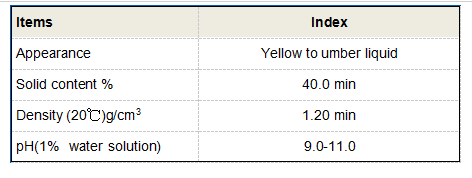Understanding the Processes of Coagulation and Flocculation in Water Treatment Systems
Coagulation and Flocculation Essential Processes in Water Treatment
Coagulation and flocculation are pivotal processes in water treatment that serve to remove suspended particles, organic matter, and microorganisms, thereby ensuring the production of clean, safe drinking water. These processes are vital for providing communities with potable water and for maintaining the overall health of aquatic ecosystems.
Understanding Coagulation
Coagulation is the first step in the water treatment process. It involves the addition of coagulants—chemical substances that promote the clumping together of particles in the water. Common coagulants include aluminum sulfate (alum), ferric chloride, and polyamine. When these substances are introduced to water, they neutralize the negative charges on the suspended particles, allowing them to aggregate or clump together.
The effectiveness of coagulation is influenced by various factors, including the type of coagulant used, water temperature, pH levels, and the concentration of suspended solids. For instance, as the pH of the water changes, the efficiency of coagulants can vary significantly, making it essential for water treatment facilities to continuously monitor and adjust pH levels for optimal coagulation.
The Role of Flocculation
Once coagulation has occurred and particles have begun to clump together, the next step is flocculation. This process involves gently stirring the water to encourage the formation of larger aggregates, known as flocs. Flocculation aids in increasing the size of these clumps, making them easier to remove from the water during subsequent filtration processes.
Typically, flocculation involves several stages of gradual mixing, starting with rapid mixing to disperse the coagulants, followed by slower mixing to allow the flocs to grow larger. This mechanical action is essential, as it ensures that small flocs can collide and bond together, forming larger, more stable aggregates.
coagulation flocculation

The Importance of Coagulation and Flocculation
The significance of coagulation and flocculation extends beyond just water treatment. These processes play a critical role in enhancing water quality, improving aesthetic parameters, and ensuring compliance with health regulations. By effectively removing suspended solids and pathogens, coagulation and flocculation contribute to the reduction of turbidity, color, and taste in drinking water.
Moreover, these processes are not limited to drinking water treatment; they are also essential in wastewater treatment and industrial processes. In wastewater, coagulation and flocculation help remove harmful contaminants before the water is released back into the environment, thus protecting aquatic ecosystems and public health.
Challenges and Innovations
Despite their effectiveness, coagulation and flocculation processes can present challenges. The selection of appropriate coagulants, optimization of operational conditions, and the production of large amounts of sludge are notable issues faced by water treatment facilities. Advances in technology, such as the use of alternative coagulants or the development of automated monitoring systems, are helping to address these challenges.
Innovative approaches, such as the integration of advanced oxidation processes or biological treatment methods, are also being explored to enhance the efficiency of coagulation and flocculation. These innovations aim to produce higher quality water with lower chemical inputs and reduce the environmental impact associated with sludge disposal.
Conclusion
In conclusion, coagulation and flocculation are fundamental processes in the field of water treatment. They play a vital role in producing clean and safe drinking water, addressing environmental concerns, and ensuring public health. Ongoing research and innovation in these processes are critical for meeting the challenges of modern water treatment, paving the way for a sustainable future. As populations grow and water sources become more strained, the importance of efficient and effective water treatment processes like coagulation and flocculation will only continue to increase.
-
Water Treatment with Flocculant Water TreatmentNewsJun.12,2025
-
Polymaleic AnhydrideNewsJun.12,2025
-
Polyaspartic AcidNewsJun.12,2025
-
Enhance Industrial Processes with IsothiazolinonesNewsJun.12,2025
-
Enhance Industrial Processes with PBTCA SolutionsNewsJun.12,2025
-
Dodecyldimethylbenzylammonium Chloride SolutionsNewsJun.12,2025





